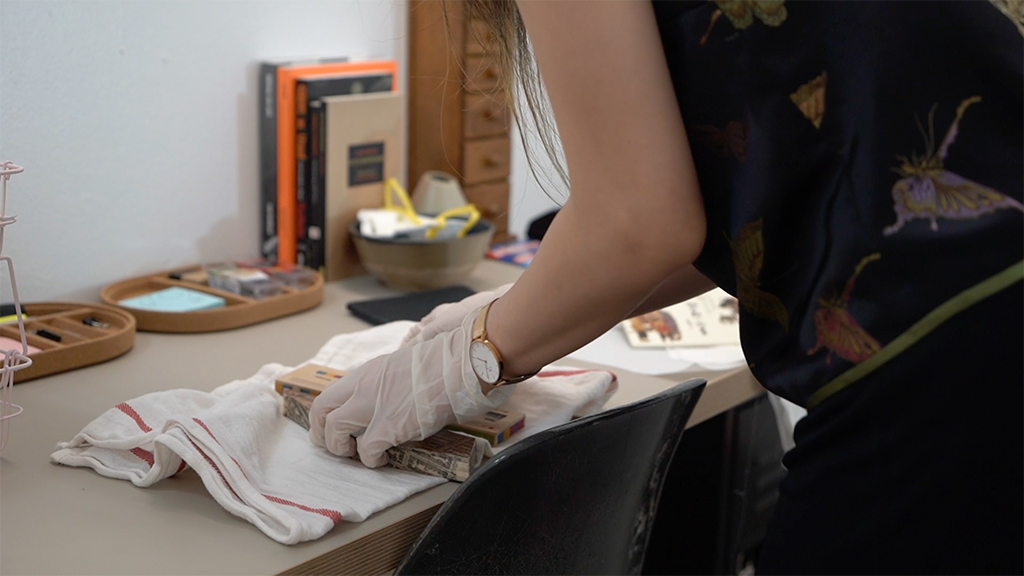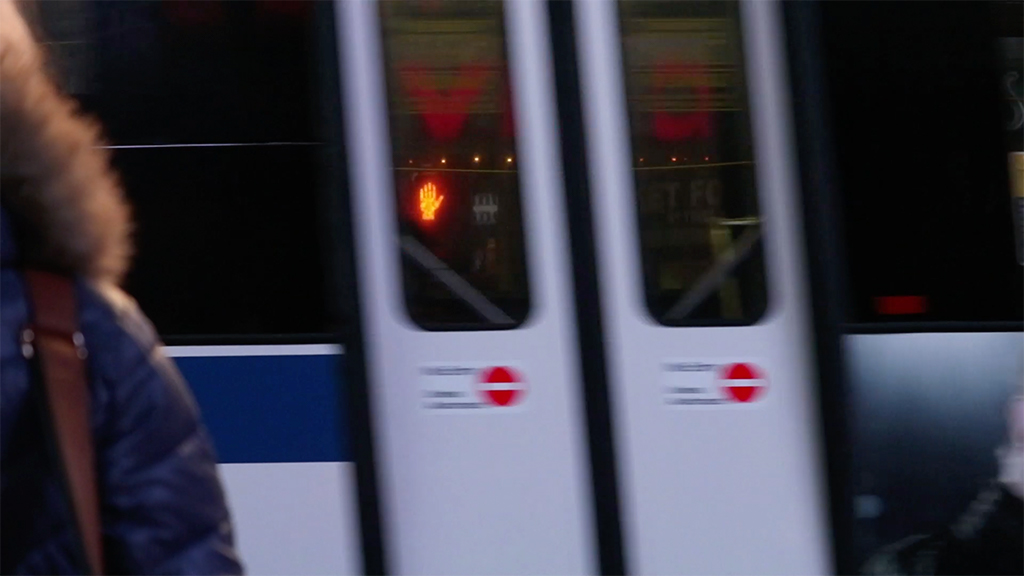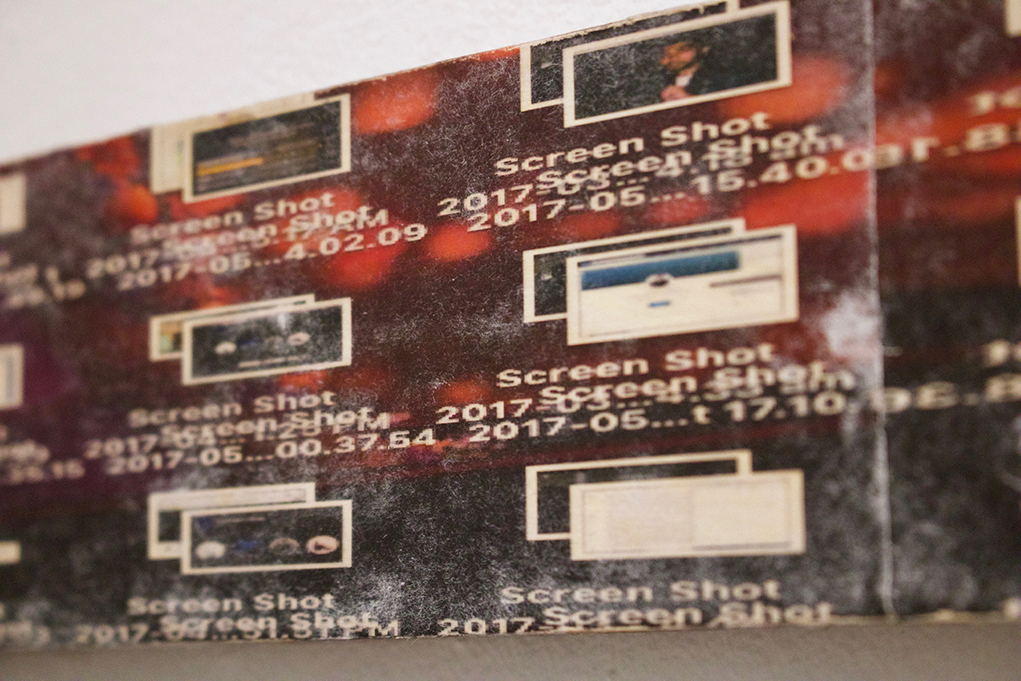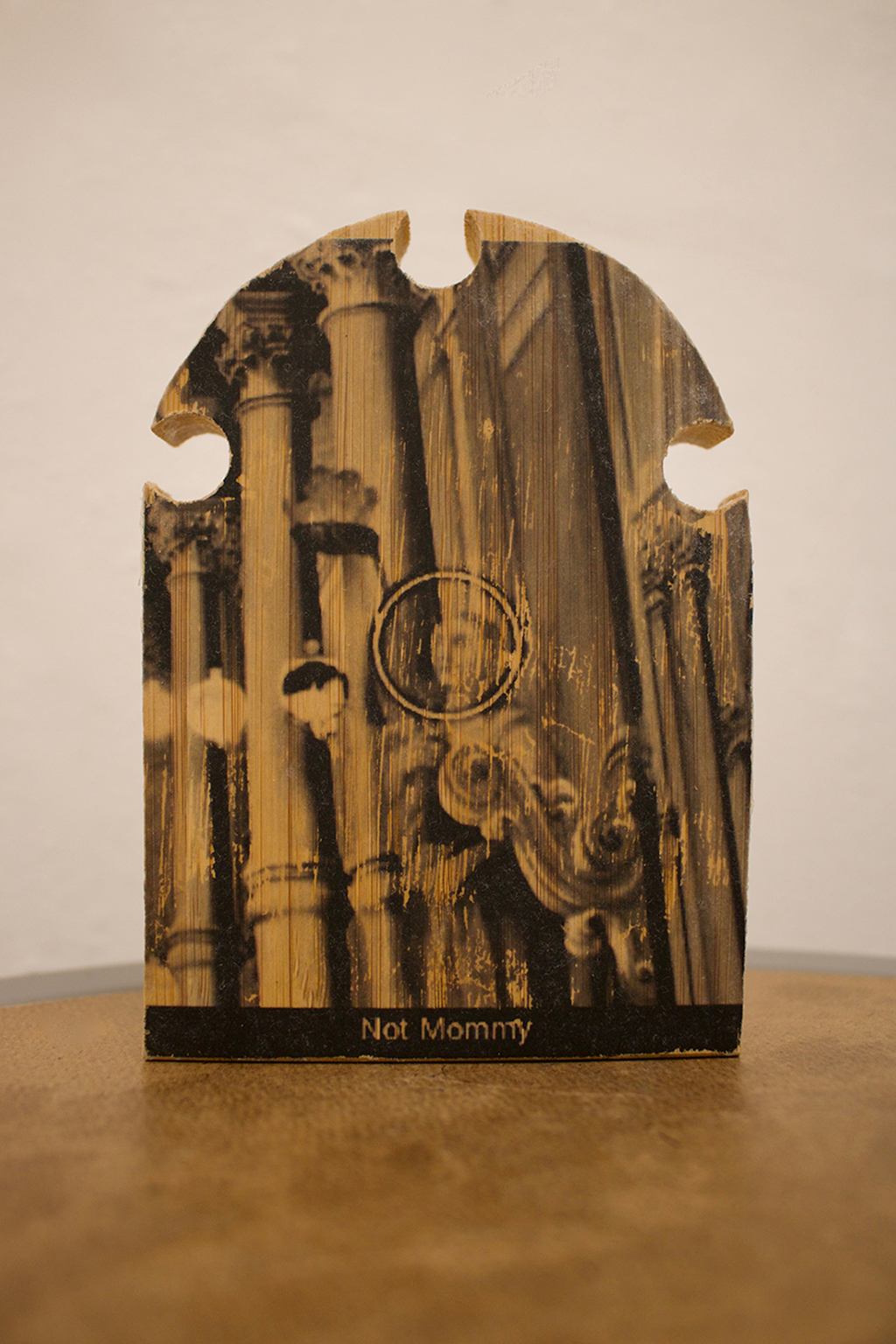www.laureenliang.com

Screenshots V1, 2018, digital video, 1:07 minutes

Ruthy Kang for the Society of Personal Archivists in America (SPAA), 2018, digital video, 8:27 minutes

For the Sake of Cutting, 2018, digital video, 10:24 minutes

2017-06-28 (Study of Screenshots), 2018,
found wood, acrylic gel medium, inkjet print, 4 x 15.5 x 0.6 inches (detail)

2017-05-13 (Study of Screenshots), 2018,
found wood, acrylic gel medium, inkjet print, 5 x 6 inches (detail)

2017-10-02 / 2018-9-19 (Study of Screenshots), 2018
found wood, acrylic gel medium, inkjet print, shellac, two side-by-side panels 7.25 x 3.75 x 0.25 inches each (detail)

2016-08-26 (Not Mommy, Not Dad) (Study of Screenshots), 2018,
found wood, acrylic gel medium, inkjet print, 4.75 x 3.25 x 0.6 inches (front)

2016-08-26 (Not Mommy, Not Dad) (Study of Screenshots), 2018,
found wood, acrylic gel medium, inkjet print, 4.75 x 3.25 x 0.6 inches (back)
An overarching theme that connects the varied works I make in my multimedia art practice is French philosopher Paul Ricoeur’s notion of “traces” in “Archives, Documents, Traces.” Recounted in his 1983 book Time and Narrative, Ricoeur navigates the historical context of how an archive has come to be defined and interrogates the multitude of definitions and implications, arriving at some point at the question of “what should be conserved, what thrown away?” From his writing, I understood how “traces” might serve us as fragments of information with the potential to be recontextualized as ‘evidence’ when they are revealed to have the capacity for shaping or understanding a narrative.
With the natural inclination to collect and investigate, I find meaning in everyday and mundane objects: discarded containers, personal products, store receipts, medications and their packaging, and other personal residues of our daily lives that are usually given little consideration before being tossed into the trash after their use. And in their digital forms: downloads, images, and files that populate our desktops, tabs that accumulate in our browsers, and personal photos that seem to multiply within our little orbit of the generous cloud servers. How do we separate ourselves so easily from things that have served us in intimate and numerous ways? How best to approach the question Ricoeur raises of what should be conserved, what thrown away?
My practice is most personal in that I am simultaneously investigating the value and significance of these traces, as well as searching for the reasons to let go. My desire to preserve, collect, and save everything, both physical and digital, is an amplified example of how we might choose to live in an age of anxiety—saturated increasingly with information, opportunity, and choice—and speaks to a way of coping and of making sense of the world around us. This act of collecting and re-contextualizing is an attempt at productive transformation, with the intention to translate the visual language and aesthetics I am interested in into a texture that can be felt—a vocabulary interpreted as image—and which is manifested spatially or temporally.


